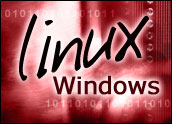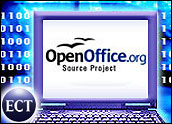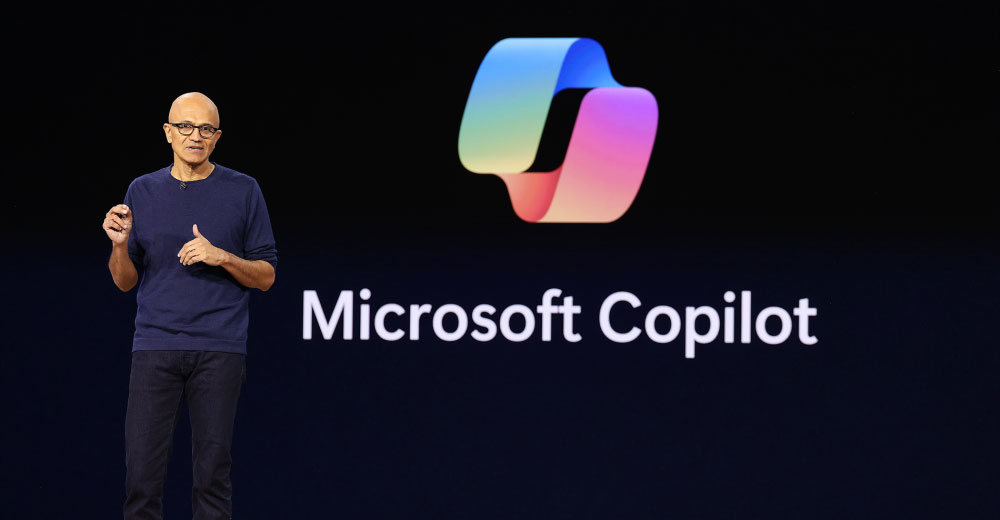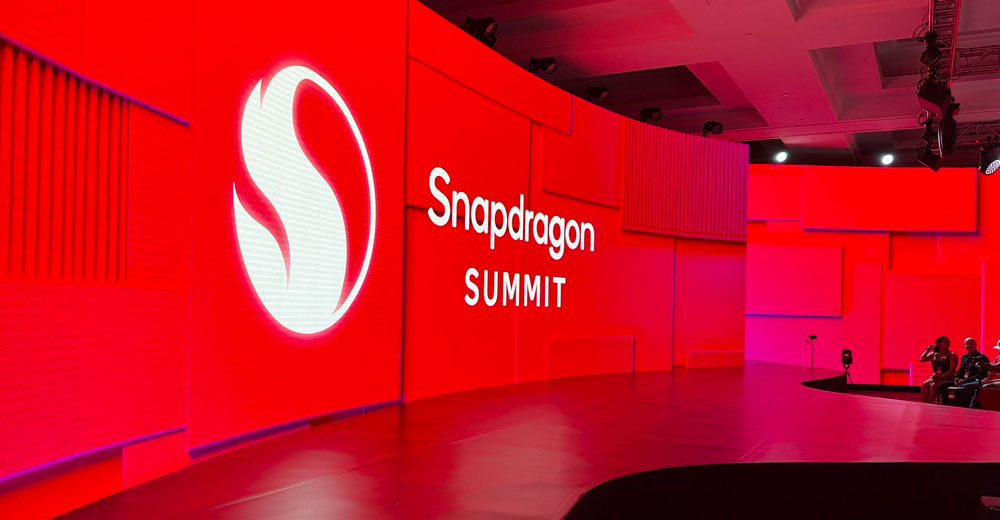
Red Hat and Novell announced Monday that they will start bundling RealNetwork’s Helix Player with their operating system products. The companies also noted that they will offer upgrades to RealPlayer 10 for Linux when that application is launched later this year.
Helix is a free, open-source media player developed by the Helix Community, a nonprofit group. The player contains only open-source components and is the foundation of the forthcoming RealPlayer 10 for Linux, which includes both open source as well as commercial components.
The use of Helix will allow Red Hat and Novell users to see items — such as training videos or movie trailers — on their Linux desktops. Red Hat also is contributing resources to help qualify the Helix Player on its platform, and expects the process to be completed this summer.
Going GNU
RealNetworks announced Monday that it will add the GNU General Public License (GPL) to the Helix Player within the next 30 days.
This additional licensing allows developers to build on RealNetworks’ media player framework under the terms and conditions of the GPL “free software” license.
In addition to the GPL, developers have two other licensing options. The RealNetworks Public Source License is an OSI-certified open-source license that is compatible with other non-GPL open-source licenses. The RealNetworks Community Source License allows developers to build proprietary applications.
Desktop Days?
In a statement about the Red Hat and Novell announcement, RealNetworks executive vice president of products and services, Martin Pleahn, said: “Providing desktop standardization for digital media via the Helix Player to consumers, businesses and developers…expands the capabilities of the Linux desktop and provides the market with new capabilities and more choices.”
But not everyone is convinced that such moves will bring Linux closer to mainstream desktop use. Gartner analyst Michael Silver told LinuxInsider that there are still many issues with existing applications, and the majority of them are not related to media players.
“There are many custom applications and Windows-based applications that just won’t run on Linux,” he said. “When you’re talking about a typical organization, desktop Linux won’t work very well unless the enterprise wants to spend time and money moving toward using different applications.”
Linux advocates, though, think that the inclusion of a Linux-based media player is a good step toward getting Linux in front of more users.
“At Red Hat, we’ve recognized the concerns, and we believe there’s a good opportunity to employ Linux on the desktop level,” said Mike Ferris, product marketing manager of Red Hat enterprise and desktop Linux.
Ferris told LinuxInsider that the company is keen to provide a variety of services and applications geared toward more desktop use, which includes Helix.
Timing Is Everything
The Helix announcement comes at the same time as Microsoft battles the EU, which ordered the company to unbundle Windows Media Player from the Windows operating system.
RealNetworks played a role in the case by testifying that Microsoft’s policy of packaging its media player with Windows created an unfair market advantage. Microsoft was asked to introduce a version of its operating system without the media player by Monday, but officials have postponed the order, pending an appeal by Microsoft.
Observers have noted that Microsoft is going to battle hard over the EU ruling, which means that anyone waiting to see whether RealNetworks will win out over Microsoft might have a long wait ahead.
“The EU is trying to force Microsoft into configuring products in a way that they don’t usually configure them,” IDC analyst Al Gillen told LinuxInsider. “Of course, Microsoft will fight that. That means nothing will happen until Microsoft loses the appeal.”
In the meantime, RealNetworks is working hard to make its media player the top choice for Linux desktops. In addition to Monday’s announcement, the company has recently unveiled similar deals with Sun Microsystems and TurboLinux.





















































